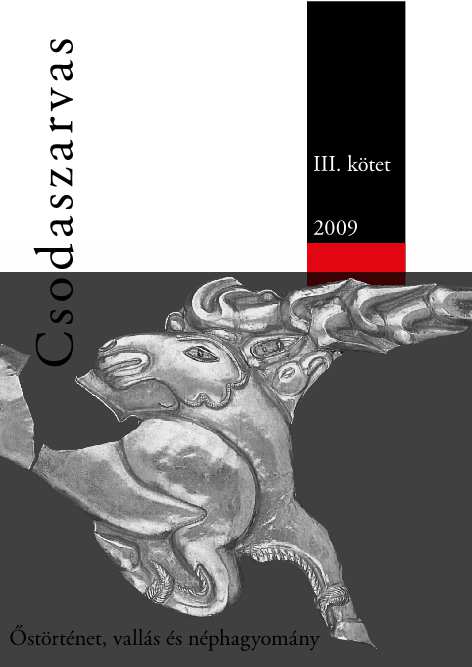Szakralitás és hatalom a türköknél
Sacrality and Power among the Türks
Author(s): Alfréd Márton
Subject(s): Cultural Anthropology / Ethnology, History of Religion
Published by: Molnár Kiadó
Summary/Abstract: The literature on the subject still accepts Károly Czeglédy's view that the institution of sacral dual kingship, going back to Khazar and Türk historical origins, existed in Hungarian society prior to the Conquest (895 A.D.). Czeglédy reconstructed the sacral dual kingship among Hungarians on the basis of Khazar data. In the dual authority of the Khazars the sacral sphere was separated from actual political power. This was the result of an inherent Khazar development, which might have been influenced by the region and environment of the Caucasus. Exploring Czeglédy's claim that the Türks had the institution of sacral dual kingship and that it was adopted by the Khazars, the paper attempts to ascertain whether this can be justified.
A division of powers can be observed with the Türks but that was based on the division of the nomadic empire according to military wings, and no sign of sacrality can be discerned in that. The leaders of wings were not separated according to sacrality, and they conducted relatively independent military, foreign, and other policies as long as there was comparative stability within the empire. Sacral and political power was in the hands of the supreme ruler, the Kaghan. It can be established that the Türks did not have the institution of sacral dual kingship. Türk rulers had actual power, which was legitimized by sacrality. In order to hold power the ruler had to have both dynastic (strips regia) and individual (qut) charisma, as well as the political wisdom and military skill necessary for leadership.
Book: Csodaszarvas III.
- Page Range: 27-35
- Page Count: 9
- Publication Year: 2009
- Language: Hungarian
- Content File-PDF

